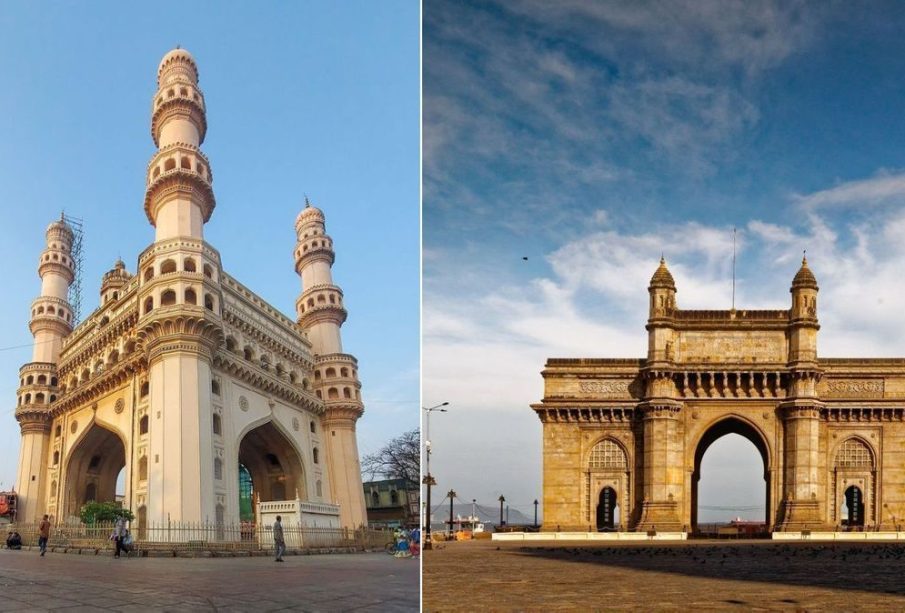Hyderabad vs Mumbai City: A Comparative Analysis

Introduction
Hyderabad and Mumbai are two of India’s most prominent cities, each boasting unique attributes that contribute to their cultural, economic, and social landscapes. Understanding the distinctions and similarities between these two metropolises is crucial for residents, businesses, and tourists alike as they navigate the vibrant tapestry of urban life in India.
Comparative Overview
Geographical and Demographic Insights: Mumbai, the capital of Maharashtra, is known as the financial capital of India and is one of the most densely populated cities in the world. With a population exceeding 20 million, the city is characterized by its bustling streets and cosmopolitan culture. Hyderabad, on the other hand, is the capital of Telangana and known for its rich history, heritage, and rapid growth in the technology sector. With a population of approximately 10 million, Hyderabad offers a different pace of life compared to the urban hustle of Mumbai.
Culture and Heritage
Cultural Significance: Both cities are cultural hubs but offer distinct experiences. Mumbai is famous for Bollywood, a vibrant film industry that shapes the entertainment landscape not only in India but worldwide. It is also home to historical landmarks such as the Gateway of India and Marine Drive. Hyderabad, known for its unique blend of ancient and modern cultures, is famous for its historical sites such as the Charminar and Golconda Fort. Additionally, it is renowned for its culinary heritage, particularly dishes like Hyderabadi Biryani.
Economic Landscape
Business Opportunities: Mumbai serves as the financial heart of India, hosting numerous corporate offices, the Bombay Stock Exchange, and diverse industries ranging from textiles to information technology. In contrast, Hyderabad is dubbed “Cyberabad” and has emerged as a significant IT hub, attracting tech giants and startups alike, particularly in areas like HITEC City. Both cities provide extensive employment opportunities but cater to different sectors.
Infrastructure and Connectivity
Urban Development: Mumbai is known for its extensive suburban rail network, but it faces challenges such as traffic congestion and inadequate housing. In contrast, Hyderabad has witnessed rapid infrastructure development, including the Hyderabad Metro Rail, which has improved public transport accessibility. The city also has a growing real estate market catering to both residential and commercial needs.
Conclusion
In conclusion, while both Hyderabad and Mumbai offer rich cultural experiences and significant economic opportunities, they cater to different lifestyles and preferences. Mumbai is ideal for those seeking a high-energy environment, whereas Hyderabad appeals to individuals looking for a blend of tradition and modernity. As both cities continue to grow and evolve, understanding their unique landscapes will be essential for anyone looking to engage with the diverse and dynamic Indian urban experience.









